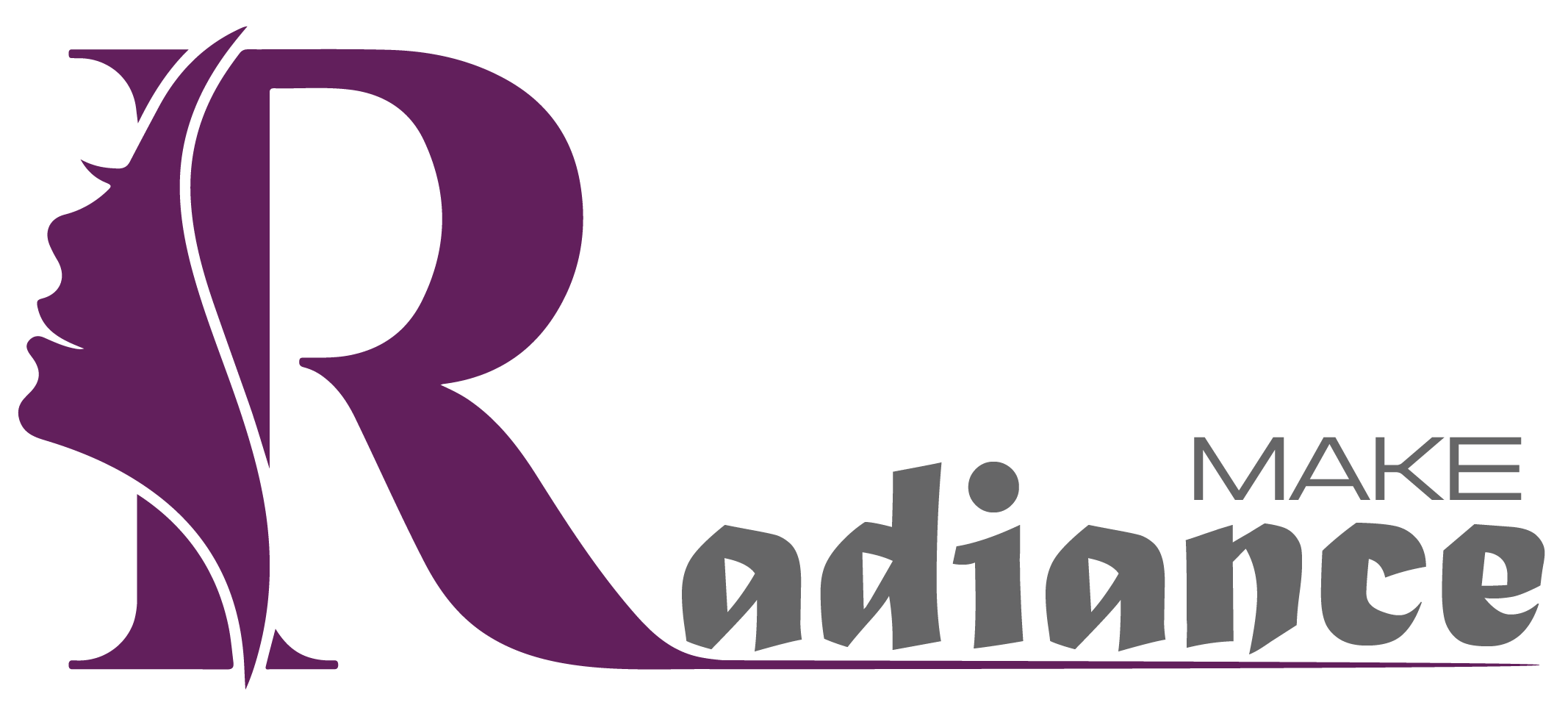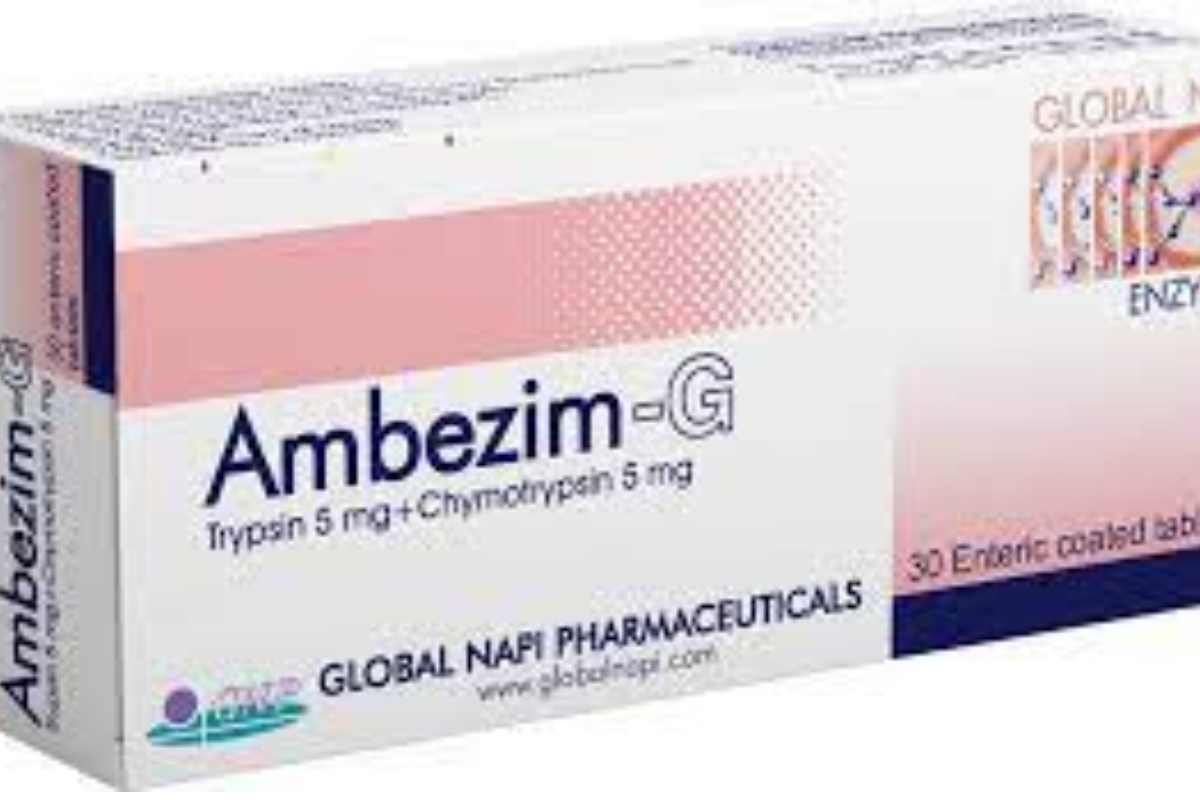Ambezim-G Tab – Definition, And More
Ambezim-G Tab – Have you ever got up after a hard workout or after a little injury and looked to see that great ankle of yours all puffy or that bad bruised knee and wondered how long it is going to go down? Or perhaps you are healing after some sort of operation and the bloat is simply not leaving and each motion is a pain. Such are the type of concerns I continue to hear every day by people who are struggling with inflammation. And that is where such a product as Ambezim-G tab enters the frame, it is one of those kind of activities that could help to make things faster but not to make your routine more complicated.
What Exactly Is Ambezim-G Tab?
Let me break it down for you. Ambezim-G tab is essentially a drug which is a combination of two enzymes trypsin and chymotrypsin. Both tablets contain approximately 5 mg of trypsin and 5mg of chymotrypsin, though they combine to approximately a hundred and fifty thousand proteolytic units (in case you have an interest in that technical aspect). These are not held together by chance ingredients but trypsin is an intestinal enzyme that aids in the digestive process and disintegration of dead tissue, and chymotrypsin pairs up to the combating of redness and swelling.
Common Uses for Ambezim-G Tab: From Bruises to Post-Surgery Recovery
One of the biggest draws for Ambezim-G tab is its versatility in handling inflammation-related issues. Here’s a rundown of where it often shines:
- Post-Traumatic and Post-Operative Swelling: If you’ve got edema or hematomas from an accident or surgery, this tab can help resorb that buildup. It’s like giving your body a nudge to heal faster.
- Localized Infections and Inflammations: Things like phlebitis, thrombophlebitis, or even bedsores (decubitus ulcers) can benefit. It aids in reducing the inflammatory response in areas like sinuses or ears too – sinusitis and otitis are common culprits.
- Women’s Health Concerns: For stuff like pelvic inflammatory diseases, perineal edema after delivery, or mastitis, it helps manage exudative conditions in the genital organs that might lead to fibrosis.
- Dental and Eye Issues: Post-tooth extraction swelling, gum inflammations, eye trauma, or even vitreous hemorrhages – Ambezim-G tab supports recovery here by improving antibiotic penetration if needed.
- Respiratory and Joint Problems: Broncho-pulmonary inflammations, tracheo-bronchitis, or rheumatic joint issues get some relief from the anti-inflammatory effects.
Take my neighbor’s example – she had a tough time with varicose veins causing constant leg swelling. Her doctor paired Ambezim-G tab with some lifestyle tweaks, and she shared how it cut down on the discomfort during flare-ups. It’s not a cure-all, but for anti-edema support in bruises, sprains, or even urinary tract infections, it’s worth discussing with your healthcare provider. Semantically, it’s all about those enzyme-based anti-inflammatory actions that target proteolytic activity to break down proteins in swollen tissues.
How to Take Ambezim-G Tab: Dosage Tips That Make Sense
Dosing doesn’t have to be confusing. The standard approach for adults is two tablets up to four times a day – that’s two an hour before each of your three meals and two before bed. In tougher cases, your doc might bump it up, but always follow their lead. For kids over 12, it’s usually one tablet three times daily, timed away from meals to maximize effectiveness. Under 12? Skip it and talk to a pediatrician about alternatives like syrups.
Why the timing? Taking Ambezim-G tab on an empty stomach – one hour before food or two hours after – lets the enzymes do their job without getting tied up in digesting your lunch. If you miss a dose, just pick up with the next one; no doubling up to avoid risks like irregular heartbeat or drowsiness.
I once forgot my own meds during a busy day and learned the hard way – consistency matters. For children, adjust based on age and weight, but only under medical advice. These enteric-coated tablets are designed to dissolve in your small intestine, not your stomach, so they hit where it counts without gastric irritation.
Potential Side Effects of Ambezim-G Tab: What to Watch For
No med is without possibles, right? With Ambezim-G tab, side effects are rare, but they can happen due to its protein-based enzymes. Here’s what might pop up:
- Allergic Reactions: Skin rash, itching, hives, or swelling in the face, lips, or throat. If breathing gets tough, seek help fast – it’s like any anaphylactic response.
- Digestive Upsets: Nausea, vomiting, or diarrhea aren’t common, but they can occur.
- Other Issues: Things like blood or protein in urine (hematuria or albuminuria), or even a tendency toward bleeding (hemorrhagic diathesis).
In my experience talking to people, most sail through without issues, but if you’re prone to allergies, start slow. Serious hypersensitivity is uncommon with oral doses, but it’s why docs monitor closely.
Precautions and When to Avoid Ambezim-G Tab Altogether
Safety first – Ambezim-G tab isn’t for everyone. Contraindications include:
- Hypersensitivity of trypsin or chymotrypsin.
- Serious diseases such as tuberculosis or septicemia.
- Peptic ulcers, liver or kidney diseases.
- Tendencies to blood clotting or hemorrhagic.
Preganted, during breastfeeding? There is insufficient information stating that it is safe hence not worth taking unless advised by your physician. It is able to accelerate the decomposition of animal-based surgical suture, therefore, early warning to post-op patients.
Regarding precautions, it should be used with antibiotics against bacterial infections but not anticoagulants because of interactions that increase the risk of bleeding. Keep it at a low temperature, less than 25 o C, and away of children.
A friend of mine with kidney concerns double-checked with her doctor before starting, and they adjusted accordingly. It’s all about that chat – don’t self-medicate, especially with conditions like stomach ulcers or weak kidneys.
Interactions: What Not to Mix with Ambezim-G Tab
Keep it simple: Avoid blood thinners or anticoagulants, as the enzymes might amplify their effects, leading to bleeding issues. No other major interactions stand out, but always list your current meds for your pharmacist or doc.
Alternatives and Similar Options to Ambezim-G Tab
If Ambezim-G tab isn’t available or doesn’t suit, look into alternatives like Alphintern or Neobezim tablets – they pack similar trypsin-chymotrypsin combos. Injections like Alpha chymotrypsin are another route for quicker action. Generics with chymotrypsin/trypsin vary by brand, but check prices; some run around $1-2 for a strip of 10.
User reviews I’ve seen rate it around 1.25 out of 5, but that’s from a small sample – many notice improvement in 1-3 days. It’s not addictive, won’t mess with blood pressure or fertility based on what’s out there, and focuses purely on anti-inflammatory enzyme therapy.
Real-Life Stories: How Ambezim-G Tab Helped in Everyday Scenarios
Let me share a couple more examples to keep it real. Picture this: A guy I know had sinusitis that wouldn’t budge, with constant pressure and swelling around his eyes. Adding Ambezim-G tab to his antibiotics helped the meds penetrate better, clearing things up in days instead of weeks. Or take the post-dental extraction blues – a colleague dealt with jaw swelling after wisdom teeth removal. She swore by these tabs for cutting down recovery time, letting her get back to normal eating sooner.
In gynecology, I’ve heard from women post-delivery who used it for perineal lacerations. The enzyme action reduced fibrosis risks, making healing smoother without extra complications. Even in ophthalmology, for eye bruises from accidents, it aids in resolving hemorrhages without invasive steps.
Final Thoughts
At the end of the day, if swelling, bruises, or post-op edema are cramping your style, Ambezim-G tab could be a solid ally. It’s all about those trypsin and chymotrypsin enzymes working to dial down inflammation and speed healing. But remember, chat with your doctor first – they’re the pros on fitting it into your health picture.



